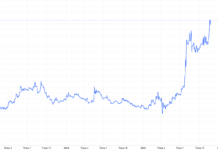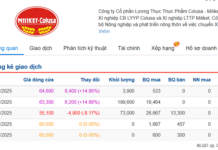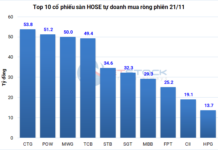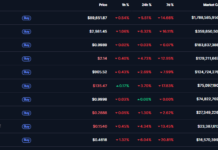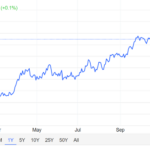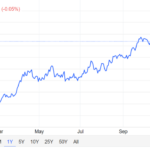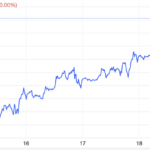
Illustration
According to Reuters, Chinese refineries have purchased at least 15 cargoes of Russian crude oil for delivery in October and November as Indian demand for this supply waned. This shift in global oil flows could exert further pressure on the Middle Eastern market.
Each shipment of Russia’s Ural oil ranges from 700,000 to 1 million barrels, according to analysts and traders. Richard Jones of Energy Aspects in Singapore stated that China secured 15 cargoes last week. Kpler’s report on August 14 also estimated that China booked around 13 cargoes of Ural and Varandey crude for October delivery and at least two lots of Ural for November.
The additional Russian supply is expected to help China reduce its dependence on more expensive Middle Eastern oil, which has been priced $2-3 per barrel higher. However, this also puts pressure on the Dubai market amid weakening seasonal demand and intensifying price competition.
India, once the top buyer of Russian oil via sea routes, has recently curtailed its imports significantly, mainly due to narrowing discounts. According to Energy Aspects, Indian state-owned refineries have cut back on purchases by about 600,000-700,000 barrels per day. This has redirected a portion of Russian supply towards China.
However, analysts note that not all of this additional volume is absorbed by China as Ural oil is not the primary feedstock for the country’s major refineries. China mainly imports ESPO oil from Russia’s Kozmino port due to geographical advantages, while Ural imports so far this year have averaged only 50,000 barrels per day, as per Kpler data.
Political factors are also being closely watched. US President Donald Trump recently warned of possible secondary sanctions on countries continuing to purchase Russian oil. He stated that Washington might consider such action within “two to three weeks” if efforts to encourage a halt to Russia’s actions in Ukraine prove unsuccessful.
As the world’s largest oil importer and a key customer of Russia, China is seizing the opportunity to diversify its supply sources. However, striking a balance between economic interests and geopolitical risks will remain a significant challenge for Chinese refineries in the coming months.
Gold Prices Rise Slightly After US Jobs Report and Political Turmoil in South Korea, France
The spot gold price in New York edged higher on Tuesday (December 3) after stronger-than-expected employment data reinforced expectations of a more cautious Fed in its monetary policy easing process. In the Asian market, gold prices also ticked up following political turmoil in South Korea and France.
The Golden Rush: What’s Behind the Soaring Gold Prices?
In recent days, gold prices have been soaring to record highs. What insights and predictions do experts have about this trend and its potential future trajectory?
An Unstoppable Rally: Gold Price Surges Past $2,700/oz for the First Time
This week, the international gold price surged, resulting in a significant increase of 3.2 million VND per tael in converted value. This substantial rise can be attributed to two primary factors: a robust escalation in global gold prices and a considerable strengthening of the USD/VND exchange rate.







